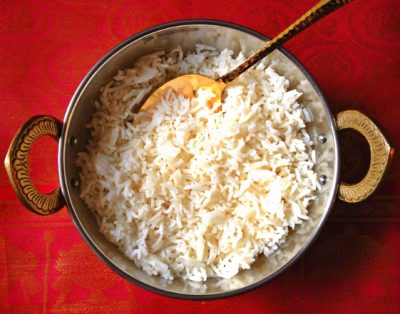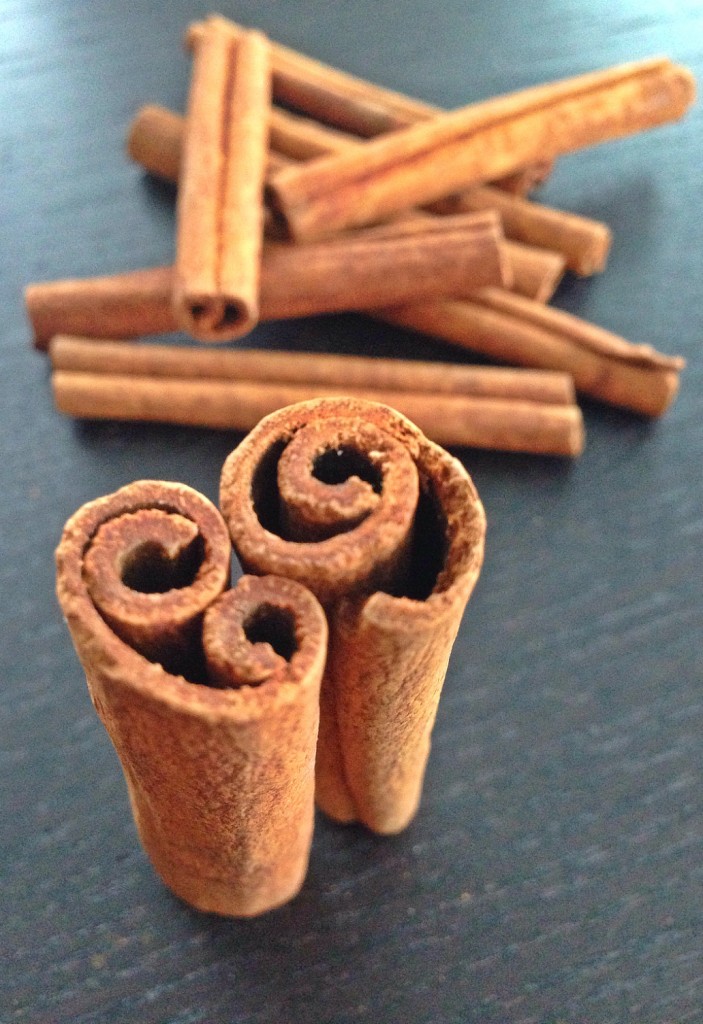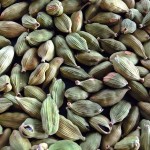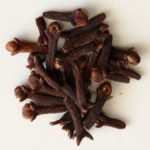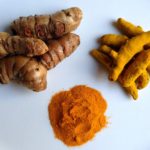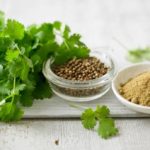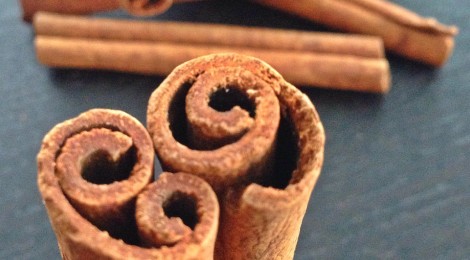
SPICE SPOTLIGHT: CINNAMON
What is cinnamon?
Cinnamon is an aromatic spice from the inner bark of several evergreen trees and shrubs from Cinnamomum in the Laurel family. Cinnamon is often referred two in two ways: “true cinnamon”, which has its roots in Sri Lanka, and “cassia” which originates from China and is the more commonly harvested type. However, according to a Slate article, “Why ‘Real Cinnamon’ Is a Bogus Term”, there are some who believe that both Sri Lankan and Chinese cinnamon are “real” cinnamon. To harvest cinnamon, the inner bark of the tree is removed and dried. When several sheets of the bark are stacked and dried, they curl to form cinnamon sticks. Cinnamon is used to make many spice blends including Indian garam masala, some versions of French quatre epices, and Middle Eastern tagine mixes.
What does cinnamon look like?
Cinnamon sticks are long, brown and cigar-shaped, often described as “quills”. While cinnamon sticks are often a rich, medium-brown, good quality cinnamon sticks are said to be lighter brown in colour. Ground cinnamon or cinnamon powder has a light consistency and is often used for “dusting” when making baked goods.
What does cinnamon taste like?
Cinnamon has an earthy and peppery flavor that adds a sweet yet spicy taste to both sweet and savoury dishes. The flavor of cinnamon is more clearly discerned through smell than raw taste. If you’re interested in how different spices flavor an Indian dish, read more on the 6 Key Elements of Taste in Indian Cuisine.
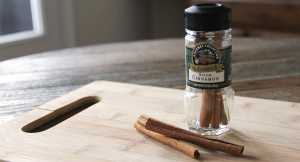
Leading brands like McCormick carry cinnamon sticks (Photo Source: mccormick.com)
What are the nutritional benefits of cinnamon?
Cinnamon has numerous health benefits. Cinnamon enhances the ability of insulin to metabolise glucose, which helps control sugar levels. Essential oils found in cinnamon are shown to inhibit bacterial growth and naturally preserve food. Its anti-microbial properties have also shown to effectively eliminate the Candida strain of bacteria, which is known to cause yeast infections, as well as E. coli. Cinnamon extracts have been used medically to treat gastrointestinal problems and can be used to combat diarrhea and morning sickness. The organic compound cinnamaldehyde has been shown to have anticoagulant effects in the blood, thus eliminating any unnecessary clotting and viscosity in blood flow.
How can I use cinnamon in cooking?
You might already have ground cinnamon in your cupboard for baking, and cinnamon sticks to use as fragrant “stir sticks” for mulled cider or hot chocolate, but cinnamon can be used much more broadly, especially in a variety of Indian dishes. Cinnamon sticks are one of the key whole spices you need for basic Indian cooking, particularly for long-simmered dishes. Cinnamon sticks are often added, along with whole cloves and green cardamom pods, when sauteing onions, garlic and ginger in oil. Cinnamon sticks are also a key ingredient in garam masala — one of the key ground spices in Indian cooking — and masala chai.
Which Big Apple Curry recipes feature cinnamon?
Cinnamon sticks can be used in cooking the following authentic Indian dishes:
Basmati Rice with Saffron and Whole Spices
Lamb Keema with Potatoes and Sweet Green Peas
Paneer with Sweet Green Peas and Whole Spices
The 5-10-5 Rule
To make a variety of authentic Indian dishes at home, you need a few key things in your pantry and fridge. In the course of teaching my husband Sean the basics of Indian cooking, I created The 5-10-5 Rule – a useful cheat sheet on the main aromatics, ground spices, whole spices, and herbs you need in your kitchen.

If you have 5 basic whole spices in your cupboard you can make a variety of Indian dishes at home. Cumin seeds are at the bottom right, in addition to green cardamom, whole cloves, black mustard seeds, and cinnamon stick.
